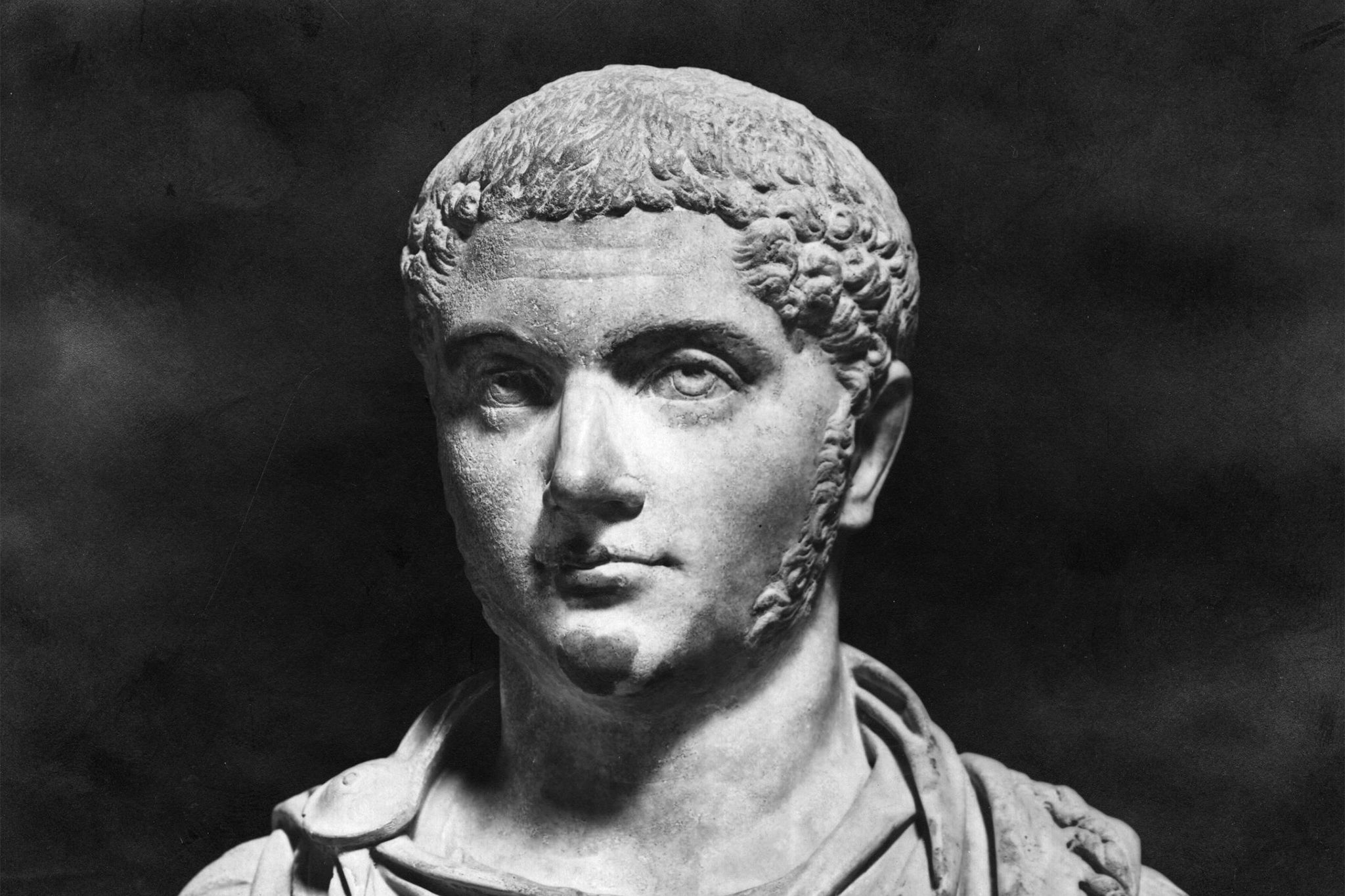Of course there was a trans Roman emperor… we have always shaped history
A museum has begun referring to Roman emperor Elagabalus using female pronouns, but why all the fuss, asks trans comedian Jordan Gray – history is full of such heroines…


When in Rome, do as the womans do.
(Oh come on, you’ve got to give me that one!)
A 1,400-year-old “he said, she said” was never going to end with unanimous consensus. But the North Hertfordshire Museum in Hitchin now faces a backlash from a handful of historians for amending the pronouns of the Roman emperor Elagabalus. The 14-year-old Syrian, who ruled for four years beginning AD218, was assassinated at the age of 18.
The decision to swap out Ela’s “he/him” pronouns for “she/her” is based on claims from Roman chronicler Cassius Dio that Elagabalus flaunted the titles “wife”, “mistress” and “queen” (slay!). Ela purportedly once told a lover “Call me not lord, for I am a lady”, and even went so far as to offer half the kingdom to the surgeon who could correct her male genitalia.
Keith Hoskins, an executive member for arts at North Herts Council said: “We try to be sensitive to identifying pronouns for people in the past, as we are for people in the present. It is only polite and respectful.
“We know that Elagabalus identified as a woman and was explicit about which pronouns to use, which shows that pronouns are not a new thing.”
But historians are now clambering out of the woodwork to debate the curators’ move, and to dispute whether Dio’s accounts are accurate – or political invective used as justification for Ela’s assassination in AD222. Of course, by the time such academic disputes trickle down to the red tops, we’re lucky if we’re spared headlines like “IT’S RO-MAN, NOT WO-MAN!” – with the Daily Mail already branding the museum “woke” for its decision surrounding the “cross-dressing Roman emperor”.
Let the record show that this furore has come about because the museum has, in its possession, a single coin minted during Elagabalus’ reign. Not a wing of the building. Not a whole exhibit. A single, silver denarius – the display for which has been corrected to reflect Ela’s preferred gender. Not since 2022’s commemorative Pride-themed 50p piece has a single coin caused such a gammon-boil.
Put yourself in Ela’s sandals. It’s the third-century AD. Your people pioneer the first flushing toilets (only for men to start leaving the seat up). What’s a trans woman to do? Ironically, given the traditional male footwear of the Roman soldier, coming out as trans in AD218 would have meant binning your high heels.
You finally turn 18, and you’re killed before you’ve even had the chance to provoke moral panic by visiting one of those new-fangled single-sex bathhouses.
Professor Christian Laes, a classicist at the University of Manchester, told the Telegraph: “As regards trans, this was of course never seen as a category by the Romans.”
I’m no palaeontologist, but I’ll wager Diplodocus didn’t have a category for "Sauropods”. Should all fossilised samples of said beast be labelled with an undecipherable reptilian hiss?
Alexis Mijatovic, author of A Brief Biography of Elagabalus: the transgender ruler of Rome, says: “Transgender behaviour existed in Rome before and after Elagabalus. Transgender practice was tolerated and even sometimes respected by the Roman populace when it was practiced by the male-born priestesses of Cybele, known as the Gallae.
“These women would celebrate a taurobolium, a castration ceremony [originally of a sacrificial bull] where someone formally defined as male would lose their genitalia, bleed like in menstruation or childbirth, and then subsequently wear women’s clothing and go by female names.”
The backlash to North Herts Museum’s decision stinks of “slippery slope” mentality: “First Elagabalus – who’s next? King Charles?” Since North Herts Museum has given us an inch with Elagabalus, why not take a proverbial mile and speculate which other historical figures might have been transgender? Joan of Arc is a given…
On reflection, I’d rather big up the lesser-known historical trans icons. Modern-history buffs might enjoy diving into the adventures of British fighter pilot Roberta Cowell, the daring 18th-century French spy Chevalier d’Eon, who lived as a man for forty years, before spending her last forty as a woman (film franchise, please?), and American “Blonde Beauty” Christine Jorgensen, who spent the Second World War as an army clerical worker and later became one of the first people to successfully undergo reassignment surgery.
Tabulas on the table: I’m transgender – but I’m not especially drawn to the Roman Empire (sorry, TikTok). I was hard-pressed to find any sources that didn’t rank Elagabalus as one of the worst emperors of all time. However, look closer and her long list of “depravities” almost entirely hinge on subverting the sexual, cultural, religious and gender conventions of her day. Go off, hunty!
Having drilled down into North Herts Museum’s decision to retroactively respect Elagabalus’ she/her pronouns, it’s safe to say that I came, I saw… and I concur.
Follow comedian Jordan Gray on @talldarkfriend for news and live appearances






Join our commenting forum
Join thought-provoking conversations, follow other Independent readers and see their replies
Comments